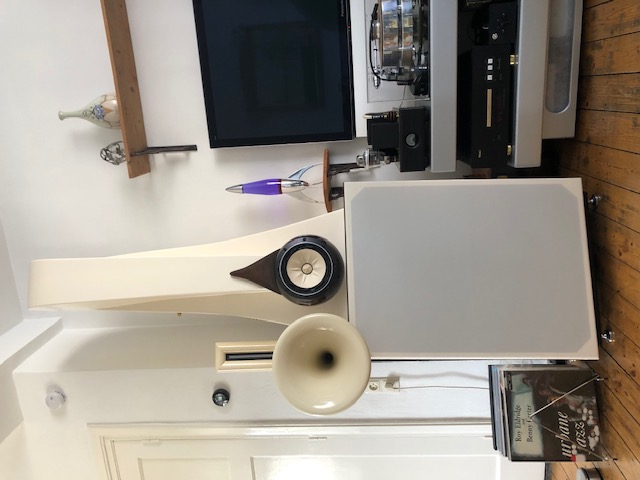For a change, not another nagging or cynical request for a blind test, but I did what I mostly do when comparing electronic audio parts/components like capacitors, inductors, resistors and cables...a "sort of" blind test (so please no war on the exact definition of the blind test...I know).
My system is a highly sensitive 3-way system with horns for low and mids and a ribbon for high Fr. Changes in the mid section are most sensitive, also due to the sensitivity of the human ear.
For this trial I took some time to make the total mid loudspeaker cable switchable via relay, so (dis)connect ground lead and (dis)connect the hot lead and swapping to my current cable back and forth.
Relay very close to the mid-transducer and a relay close to the "sending" side at the cross-over. At the listening position having the switch to instantly change between the 2 types of cable (L+R changed at the same moment)
Now, it does add the disadvantage of having relay contacts in series but it reduces the swapping time to an absolute minimum, something that can be a problem when doing this via unplugging/plugging. The other thought is that both cables will have the similar disadvantage of the series contacts of the relays, so an equal comparison.
So one cable on L/R being the 24S GR and the other my current VdH cable, listening to female singers as test and switching.
Well, the introduction of the topic is longer that my conclusion, the GR 24ST will stay and the Mid/Low will get the same. Difference, just that bit of extra of the singer being actually present, reverb, breathing you name it.

